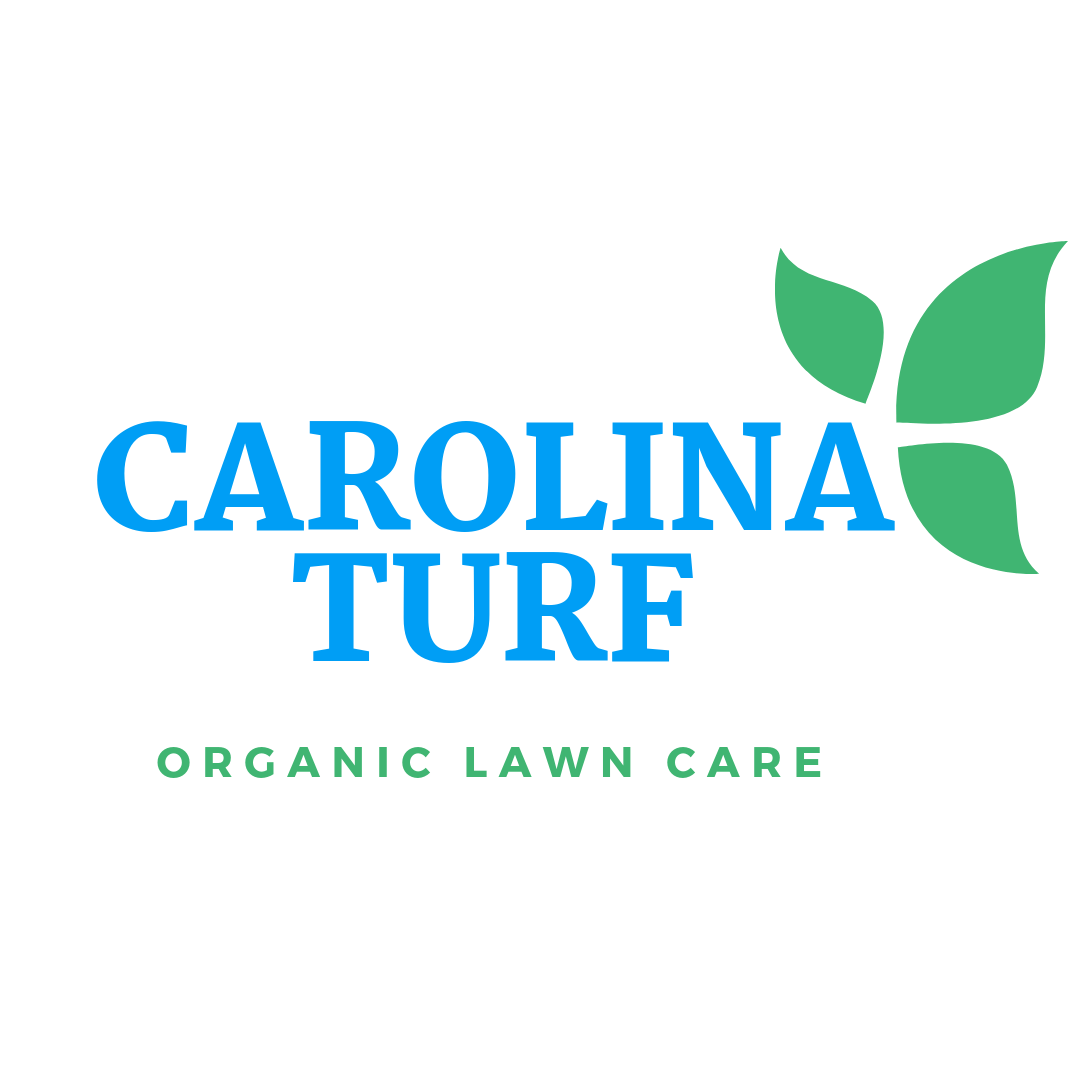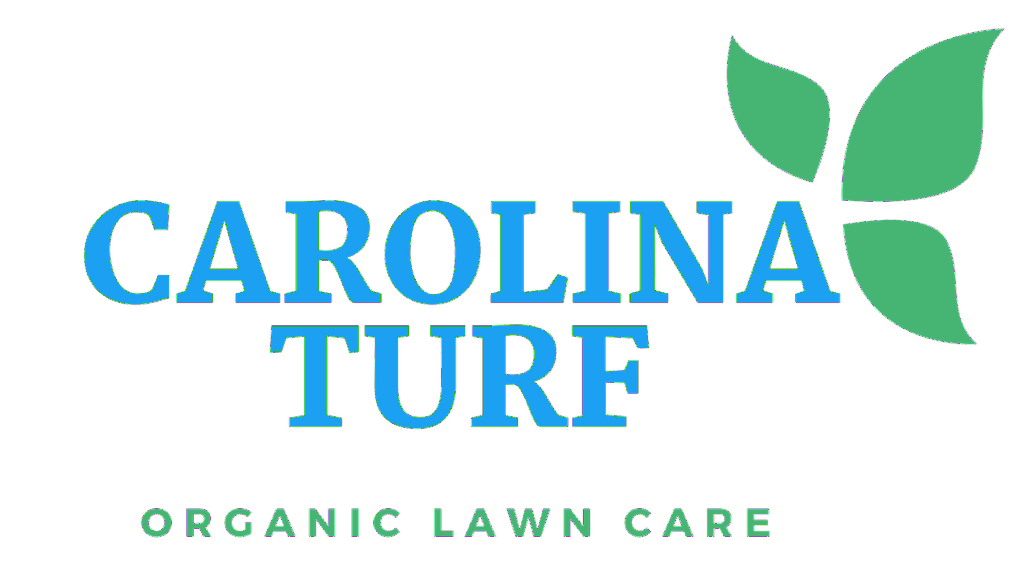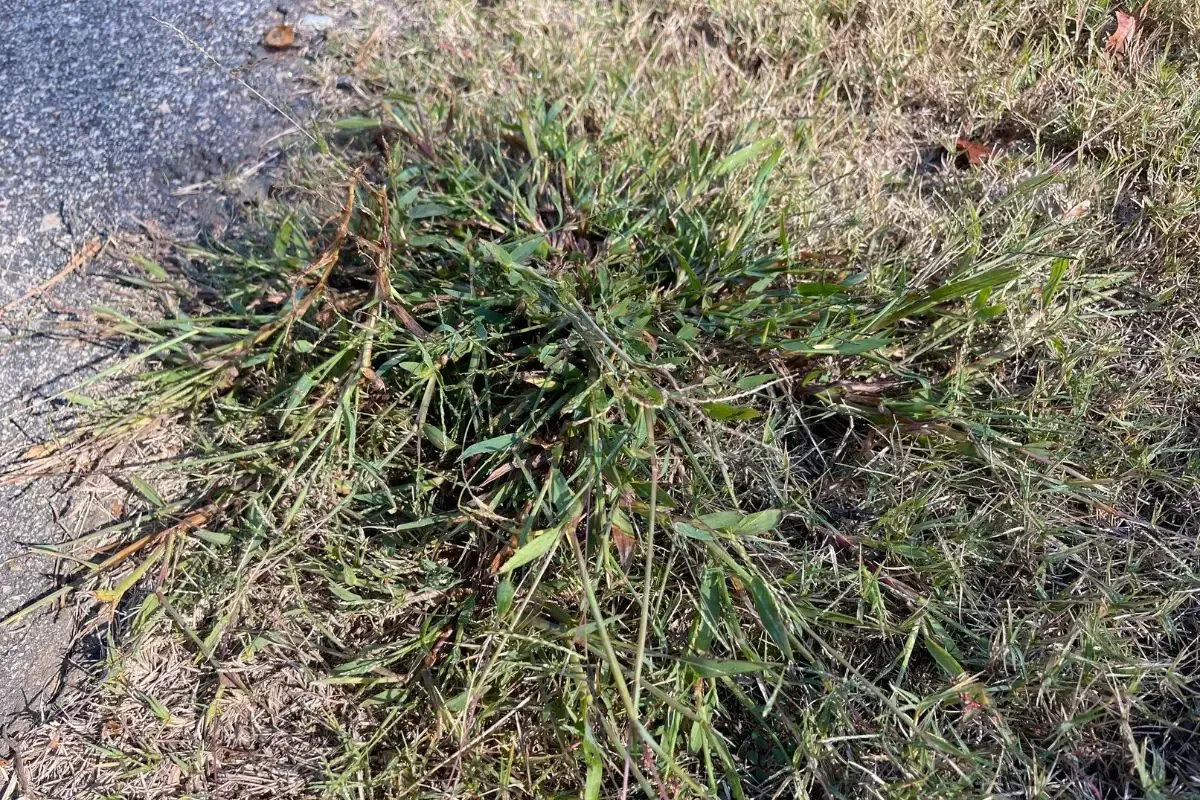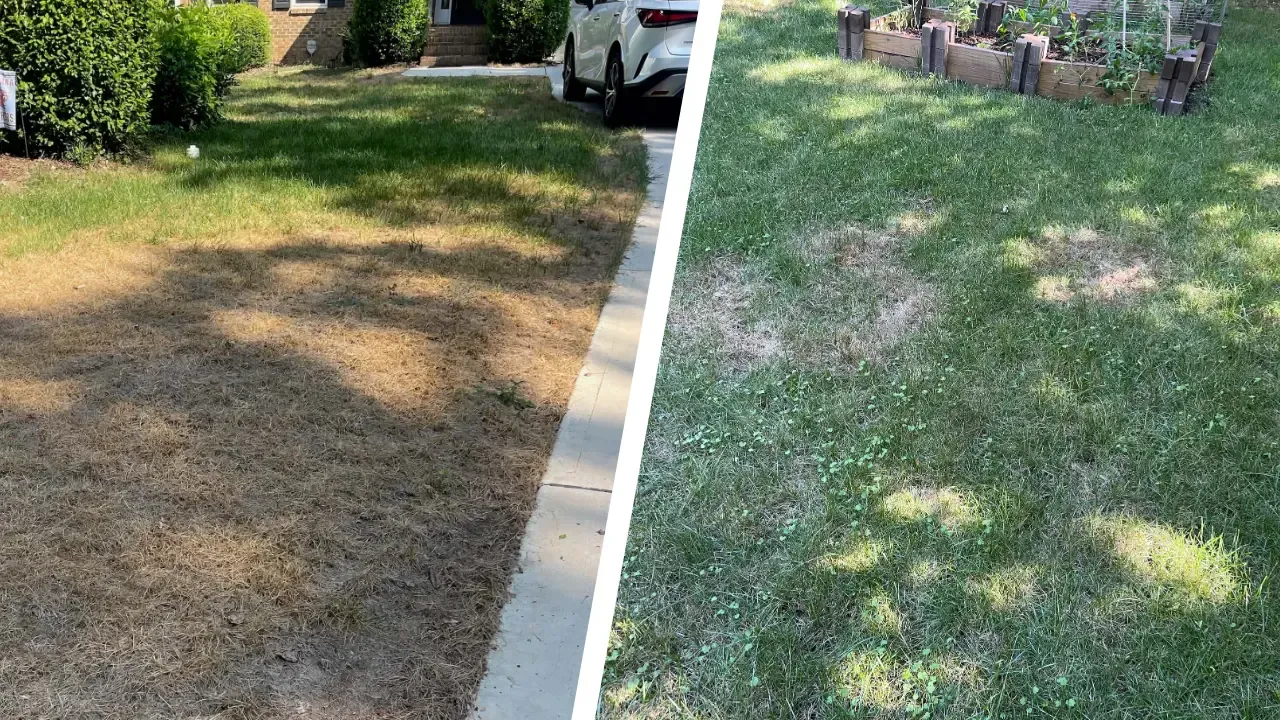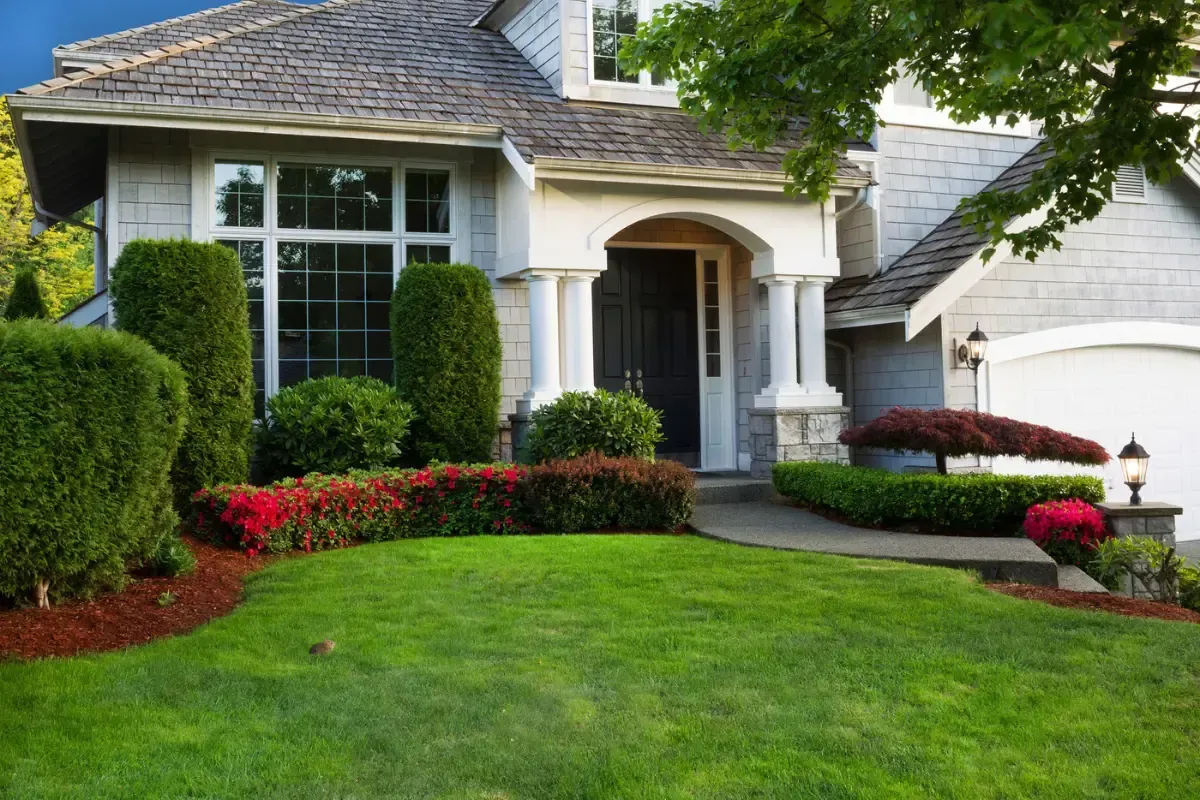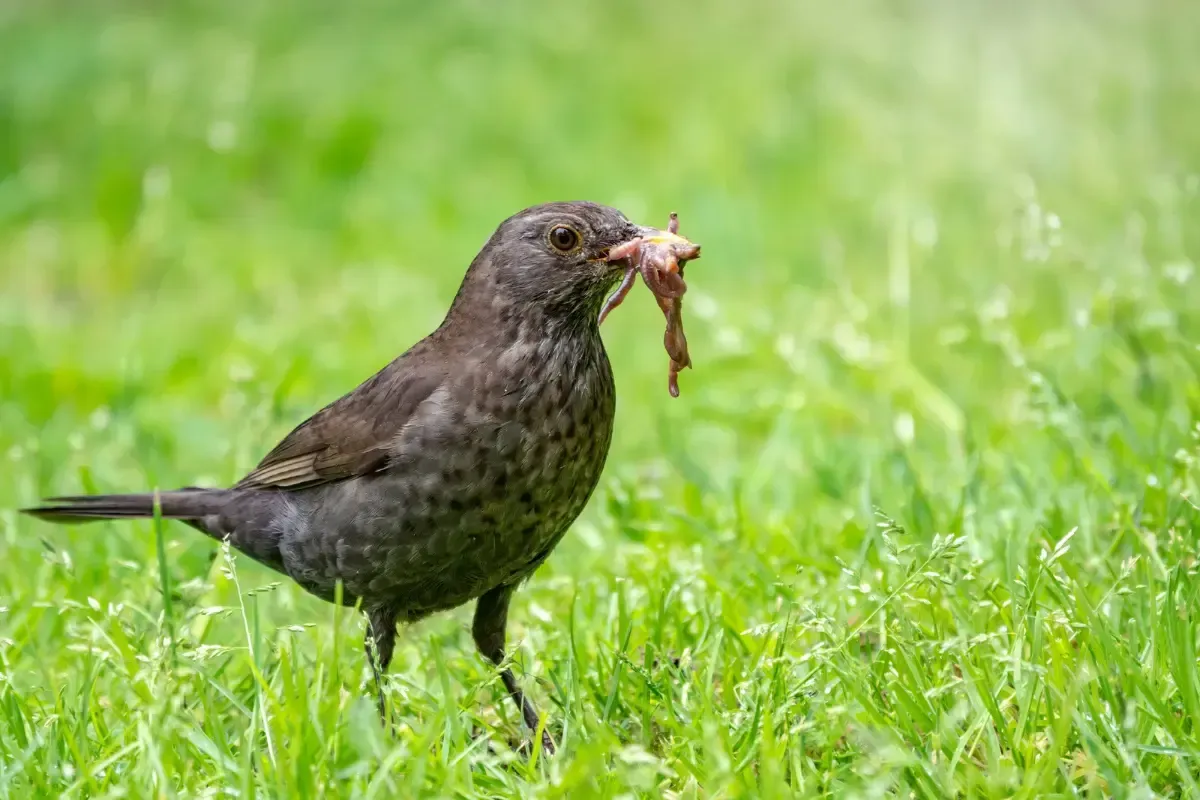Best Time to Aerate and Overseed Lawn in NC
If you’ve ever stood in your yard and thought, “Why is my neighbor’s grass so thick and green while mine looks like it gave up on living?”, you might be missing a key component of annual lawn care. We’ll tell you the best time to aerate and overseed lawn in NC and why you should do it in the first place.
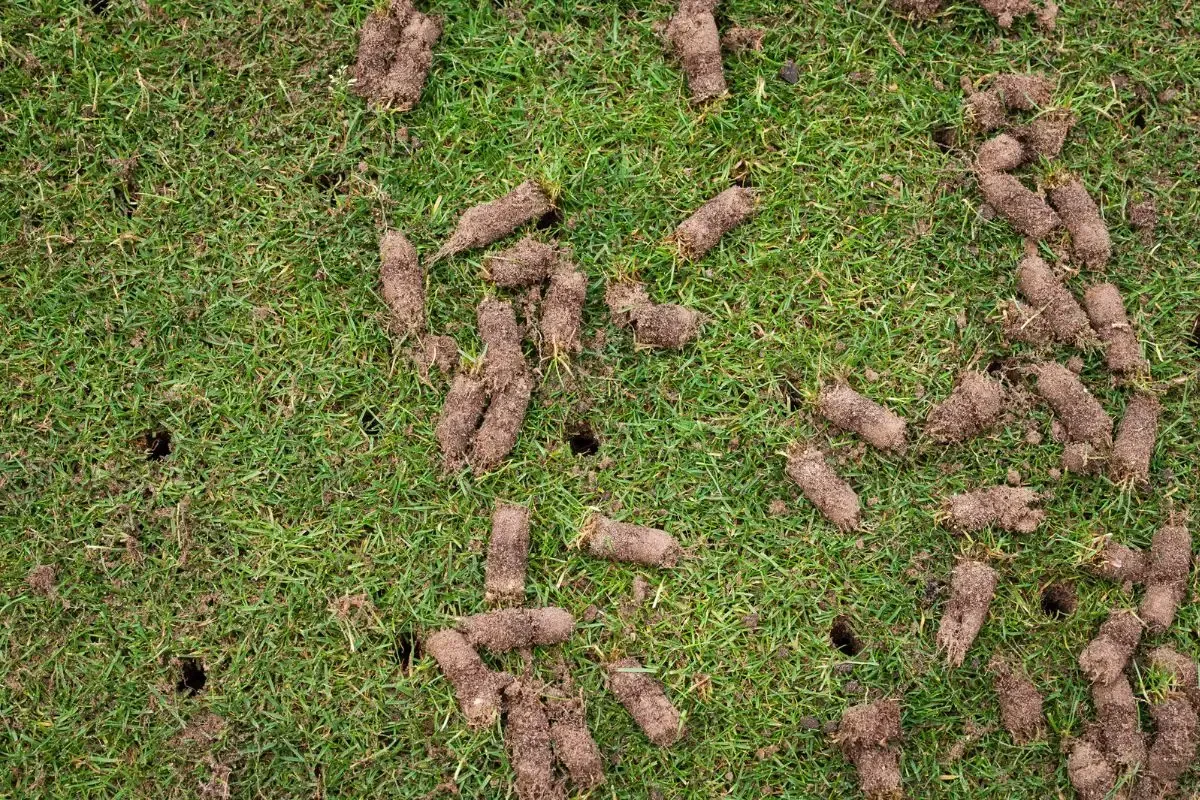
Done right, at the right time, aeration and overseeding can totally change the look and health of your lawn. The trick is to time it with the seasons, based on which type of grass you’ve got growing.
Let’s talk about how it works, when to do it, and what to expect if you’re trying to bring new life to your lawn.
What Even Is Aeration and Overseeding?
Imagine trying to breathe with a pillow pressed against your face. That’s what compacted soil feels like for your lawn. And while a pillow in the face sounds like a good plot point for an Agatha Christie book, on your lawn roots can’t stretch, water can’t soak in, and nutrients have nowhere to go. Your grass suffocates.
Aeration is like giving your lawn a deep breath. We use a machine that punches small holes into the soil, pulling out plugs of dirt along the way. Those little holes give your grassroots space to grow deeper. They also make it easier for water, air, and organic matter to reach where it matters most down below the surface.
Last year, we had a customer complain that we ruined her lawn when she saw her yard “torn up” by the aeration process. Relax, it’s supposed to look that way. The plugs will disintegrate into the soil after a week or less (depending on rain), and the holes will fill back up when you let nature do its thing.
Once we’ve opened up those holes, it’s the perfect time to spread new seed. The holes give the seed a soft place to land and an even better shot at germinating. If you’re tired of bare patches or thin spots, overseeding right after aeration is one of the best things you can do.
Timing Matters for Aeration and Overseeding
In North Carolina, we get the best results when we line up aeration and overseeding with the natural growth cycle of your grass. That’s why the first question we always ask is, What kind of grass are we working with?
There are two main types here: cool-season grasses like tall fescue, and warm-season grasses like Bermuda, zoysia, and centipede. Each one has its moment to shine, and each one has a specific window when aeration and overseeding make sense.
Let’s start with fescue, since that’s the most common type we see in Raleigh, Durham, and surrounding areas.
Fescue Lawns: Fall Is Prime Time for Aeration and Overseeding
If you’ve got a fescue lawn, early fall is your golden window. We’re talking September through October, while soil temps are still warm but air temps are starting to cool. That combination is ideal for seed germination and strong root growth.
Fall is ideal because it gives fescue time to establish before summer rolls around. And summer in North Carolina is no joke—intense heat and humidity can be brutal on cool-season grasses like fescue. If the roots aren’t deep and strong by the time July hits, your lawn can thin out fast or go dormant completely.
Could you overseed in spring? Sure, but it’s a gamble. The new grass won’t have enough time to mature before the summer stress hits. You might get some green-up, but it often struggles to hold on. Fall planting gives your lawn a head start, so it can go into summer stronger, thicker, and better equipped to handle the heat.
Additionally, fescue is a bunch-type grass, which means it doesn’t spread by runners like Bermuda or zoysia. Once a blade dies, it’s gone for good. No creeping, no self-repair. Which is why it has to be reseeded to fill in bare spots and maintain density year after year.
Bermuda and Warm-Season Grasses: Aim for Late Spring Aeration and Overseeding
Now, if your lawn is made of Bermuda or another warm-season grass, the timing flips. These grasses grow best when things heat up, so late spring into early summer is your best bet.
We usually begin aerating warm-season lawns in June, once the grass has fully greened up and is actively growing. That way, it can bounce back quickly from the stress of aeration and fill in any open spots on its own.
If your lawn is patchy or struggling to come back after a tough winter, overseeding can be a smart move.
Overseeding a warm-season lawn isn’t as common as with fescue, but it’s absolutely something we recommend when the turf needs a boost. We’ll work with you to decide whether it’s the right time and use organic seed to match your existing grass and conditions.
New Developments and Contractor Mixes: Start Fresh
If you’ve moved into a newly built home in a neighborhood like Wendell Falls, Chatham Park, or one of the myriad newer developments around the Triangle, chances are your lawn was planted with a contractor mix.
But it’s usually made up of cheap, quick-sprouting grasses that bring fast results, but are not great for long-term health. To add insult to injury, these mixes sometimes contain weed seed contaminants to basically guarantee your lawn will be taken over by more weeds than grass if left to its own devices. Luckily, we do provide an
organic weed control and fertilization program to help with this.
This is where a proper overseeding strategy can make a huge difference. We recommend choosing high-quality organic seed that’s tailored to your lawn’s conditions—sun, shade, traffic, soil quality—and applying it after a solid aeration in the right season. Sometimes, we’ll even recommend different mixes for the front and back yards if the light and soil conditions vary. That kind of tailored approach helps you get a thick, uniform lawn that actually lasts.
How Long Will It Take to See Results from Aeration and Overseeding?
This is a question we get all the time. The answer depends on weather, seed type, and how well you care for the lawn after the work is done.
For fescue, you’ll start seeing green sprouts in 7 to 14 days. But the real growth happens slowly over the next few months. It’s important to water regularly, avoid mowing for a month, and be patient. Grass takes time to build roots, and roots are where the magic happens. It’s especially important to inform us if another company or you yourself seeded your grass so that we know not to treat it with organic weed control too soon.
Warm-season grasses take a little longer to respond after aeration, but when they do, they fill in fast, especially Bermuda. If you’re combining aeration with fertilization and consistent care, you’ll usually see thickening within a few weeks.
Ready to Give Your Lawn a Fresh Start with Aeration and Overseeding
If your grass is struggling, don’t wait for it to magically fix itself. Timing really is everything when it comes to aeration and overseeding in North Carolina. Whether you’ve got a fescue lawn that needs thickening this fall or a warm-season lawn that’s ready for spring aeration, we’re here to help.
Looking for personalized advice?
Give us a shout. We’ll help you figure out the right time, the right seed, and the right plan to get that thick, green, envy-worthy lawn.
.
